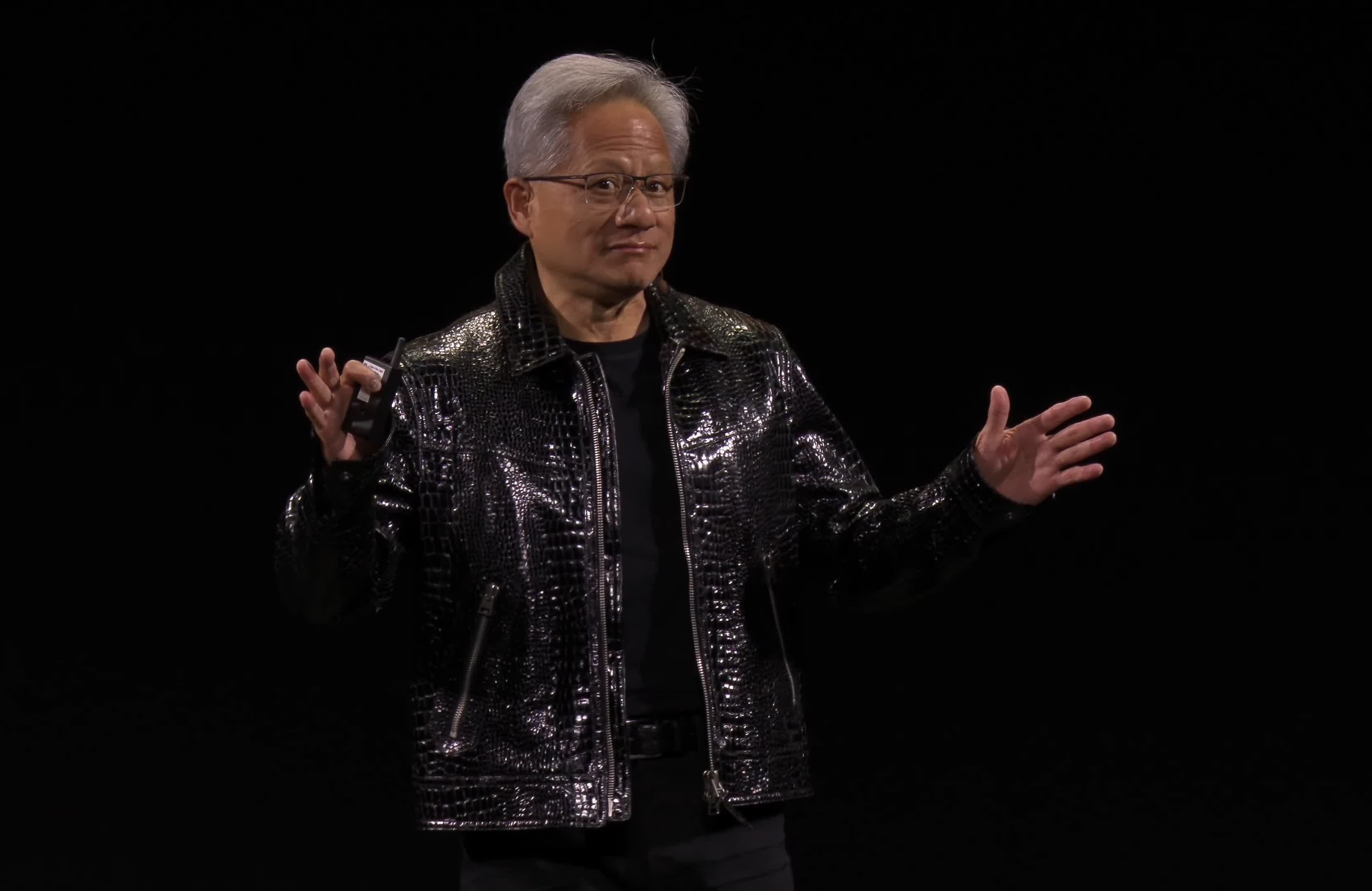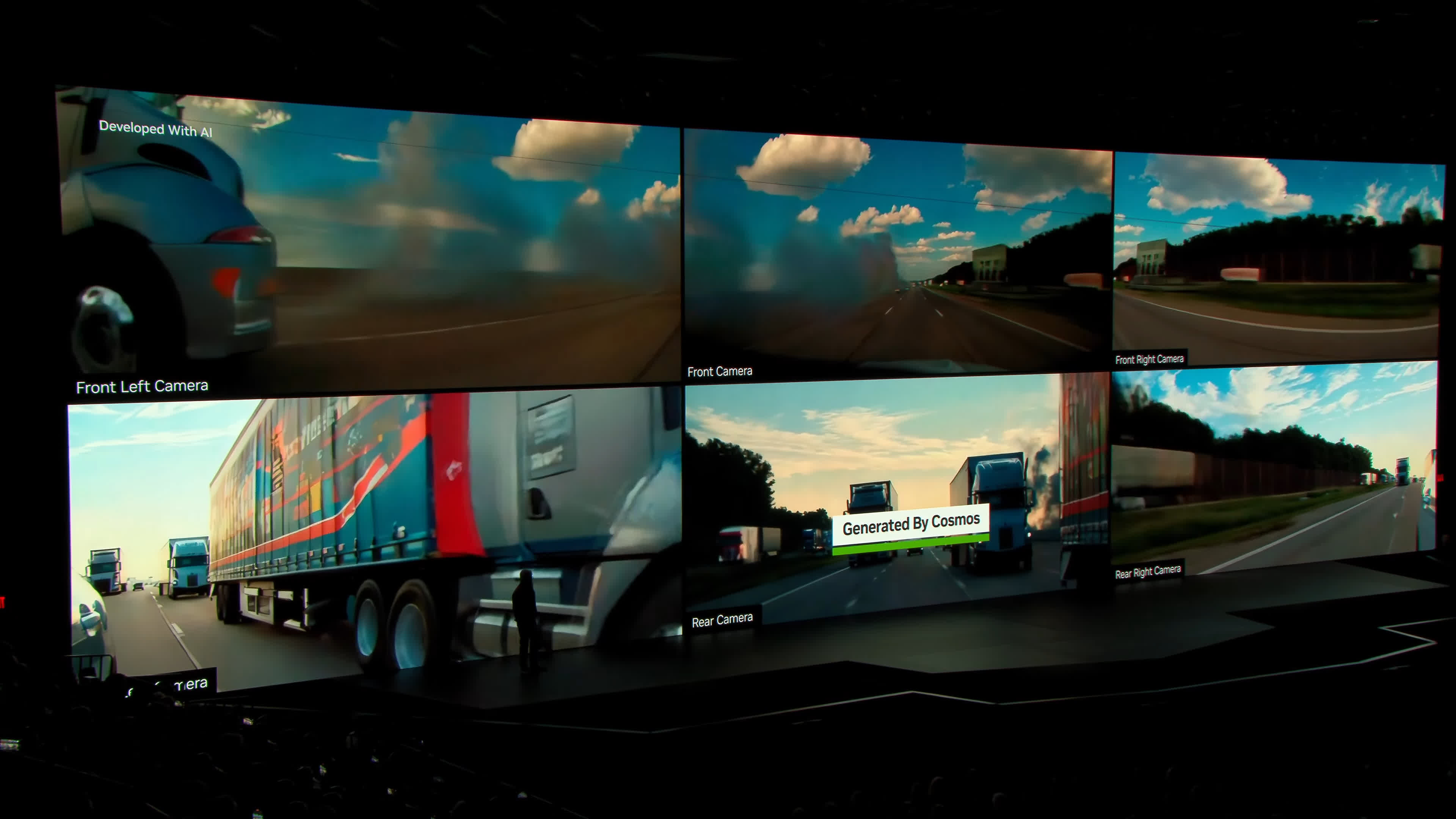The big picture: Nvidia's Jensen Huang kickstarted CES this year with his keynote. We listened to it and read a fair amount of analysis since. If you don't have 90 minutes to spare, we can sum it up for you: Nvidia has all the software. Or at least it has more than you do.
Want to build a robot? They have software for that. Design a factory? Check. Autonomous cars, drug discovery, video games – they have that too. And it is not just a basic application on offer; it has multiple layers – for designing a robot, modeling out its physical world interactions, and then putting it into production. Nvidia has software for all of those.
Editor's Note:
Guest author Jonathan Goldberg is the founder of D2D Advisory, a multi-functional consulting firm. Jonathan has developed growth strategies and alliances for companies in the mobile, networking, gaming, and software industries.
This is not exactly news, we have written about this before, but the point of all this is to drive home the message that most companies will get a big leg up by starting with Nvidia's offerings.
In fairness, we have no idea how successful any of these will be. We are fairly certain that Nvidia is not too clear on that either. Their superpower is the ability to take chances without fear of failure, and our suspicion is that many of this week's announcements will face mixed results.
That being said, the sheer quantity and depth of their offerings should be sobering for everyone else. Put simply, for companies who do not plan to train their own foundational models, working with Nvidia's tools is going to be the easiest way to develop AI applications.
Jensen showcased AI-powered simulations for autonomous driving at CES, highlighting Nvidia's cutting-edge Cosmos platform.
This is especially true for other semiconductor companies. Here, Nvidia's lead is doubly formidable. First, competing with Nvidia in selling AI semis requires a massive investment in software, and probably half a decade to build it out.
AMD is a year or two along that journey, and they are way ahead of number three. Broadcom does not have the software offerings, but they are going to do just fine selling to that handful of companies building their own foundational models. Everyone else has a long journey just to reach table stakes.
The other item we pulled out of Huang's remarks was the level to which Nvidia is 'eating its own dog food.' They seem to be using AI tools to accelerate the development of their own chips. We think it is too soon to tell how much of the semiconductor design cycle can benefit from transformer-based AI models, but if even half of the workflow can be improved (dare we say 'accelerated') by AI, then Nvidia is going to have a meaningful productivity advantage over its competitors.
Last year, Nvidia added $70 billion of revenue and $52 billion in operating profit, while only adding $6 billion in operating expenses. And now there is a risk that they are going to get even more productive?

